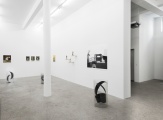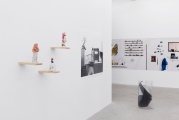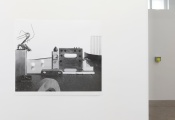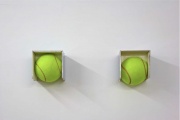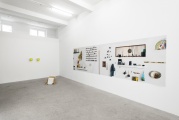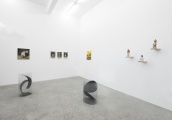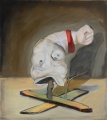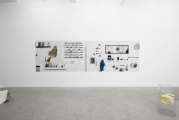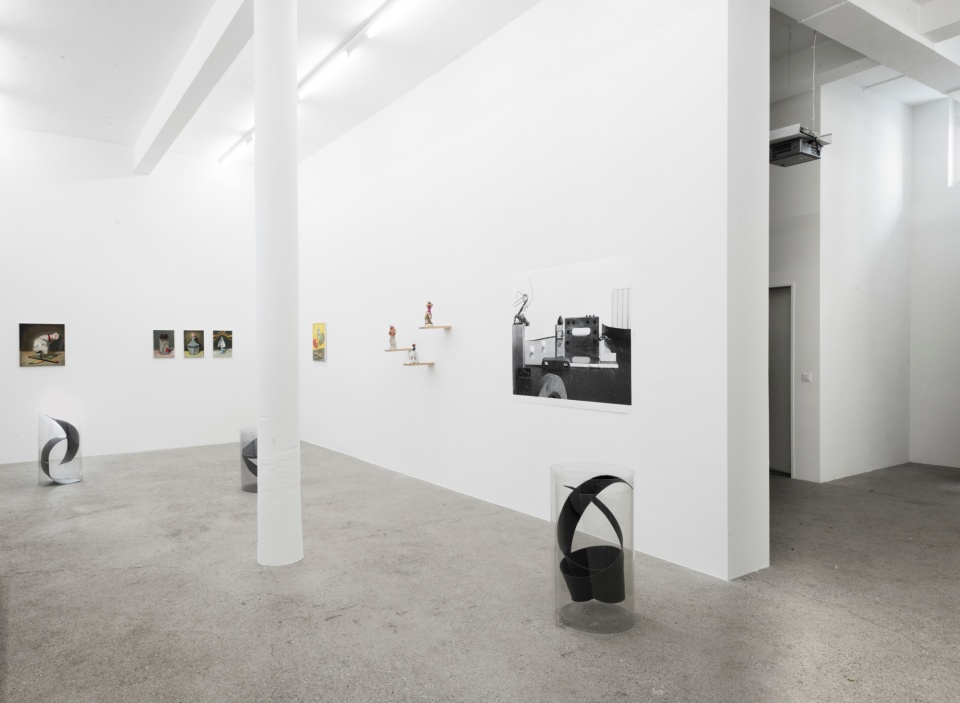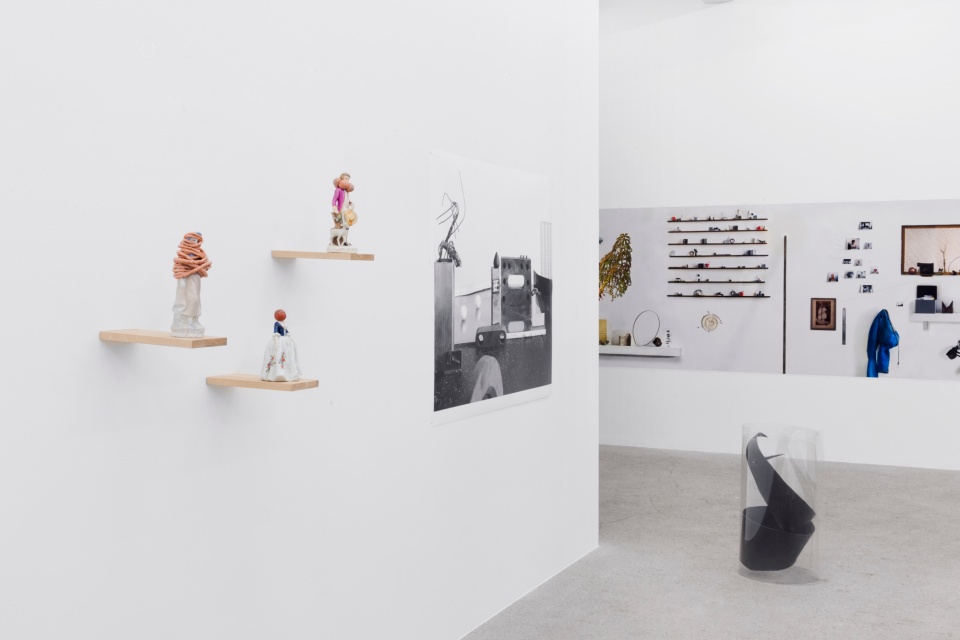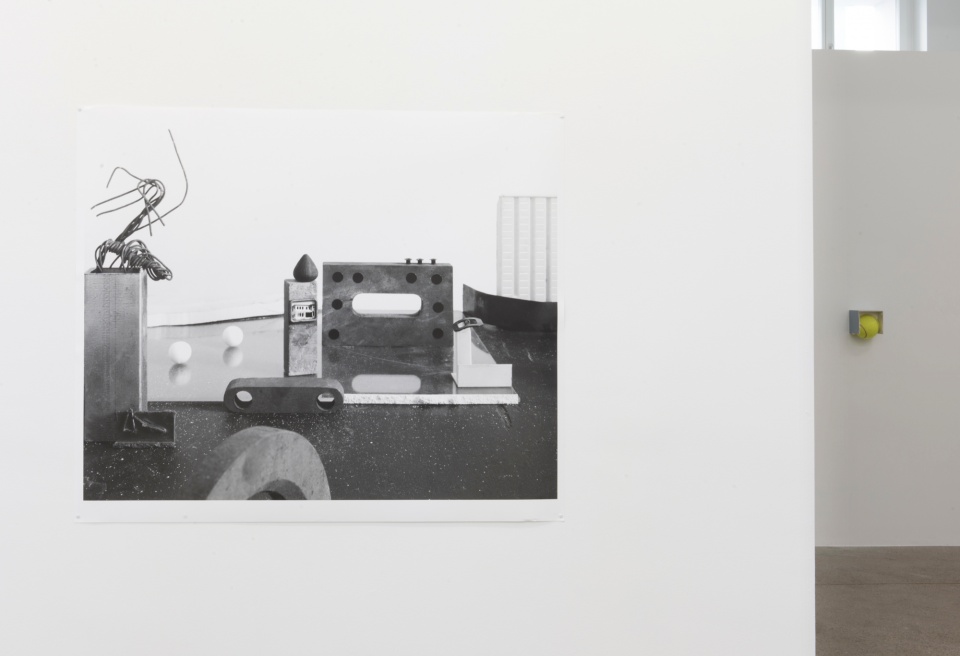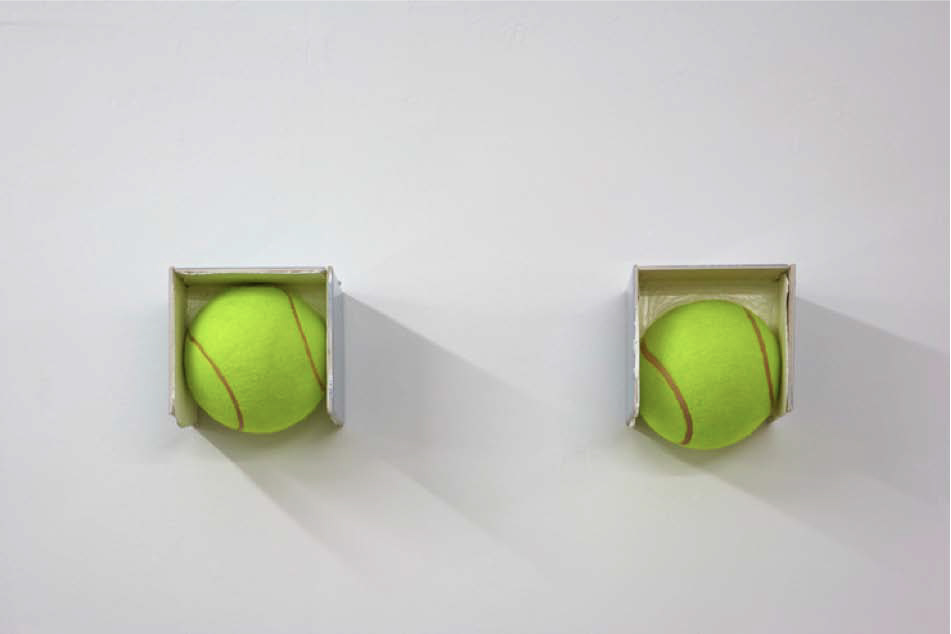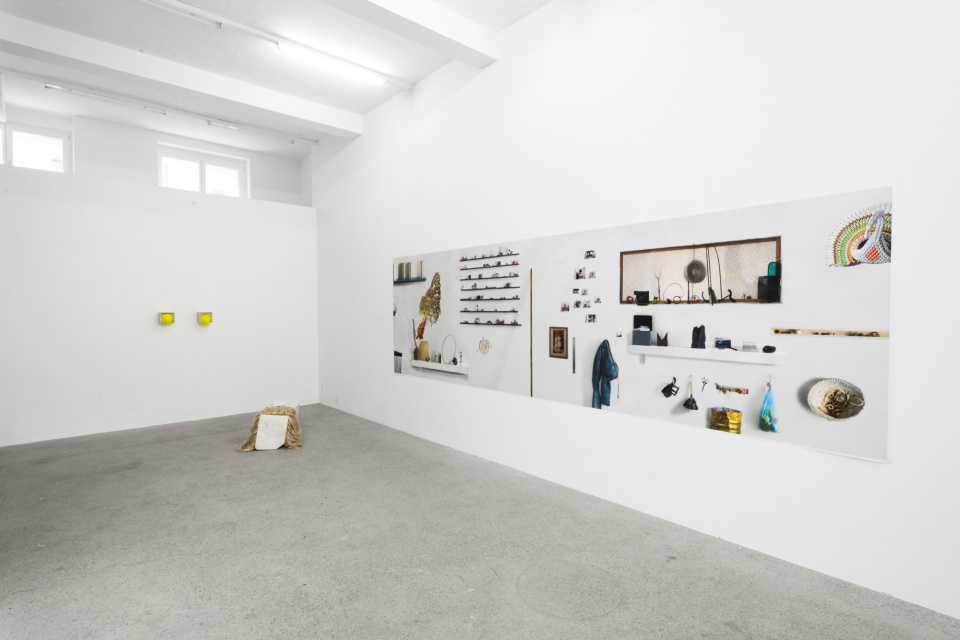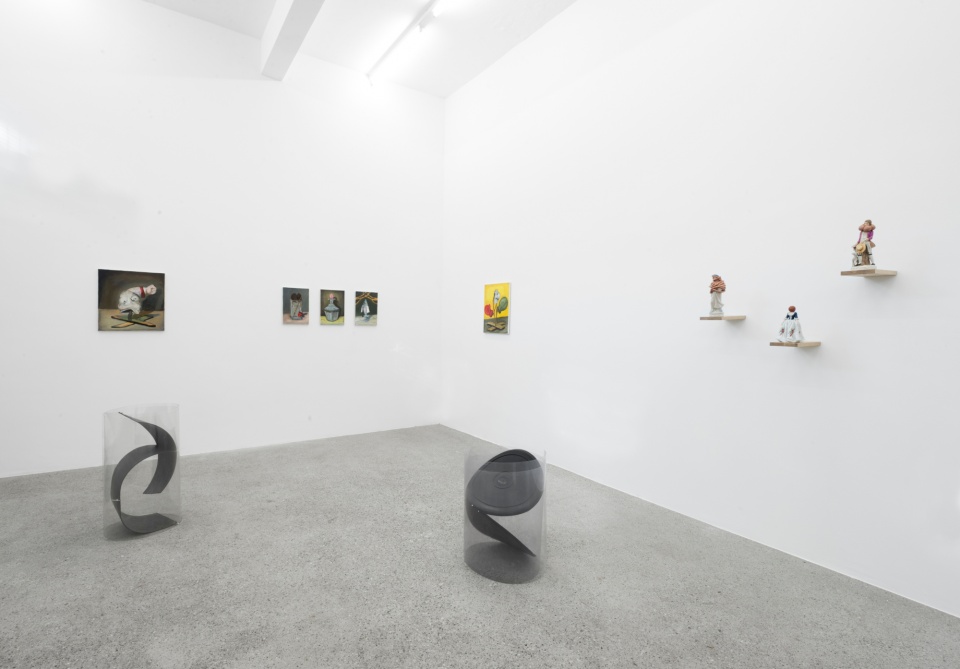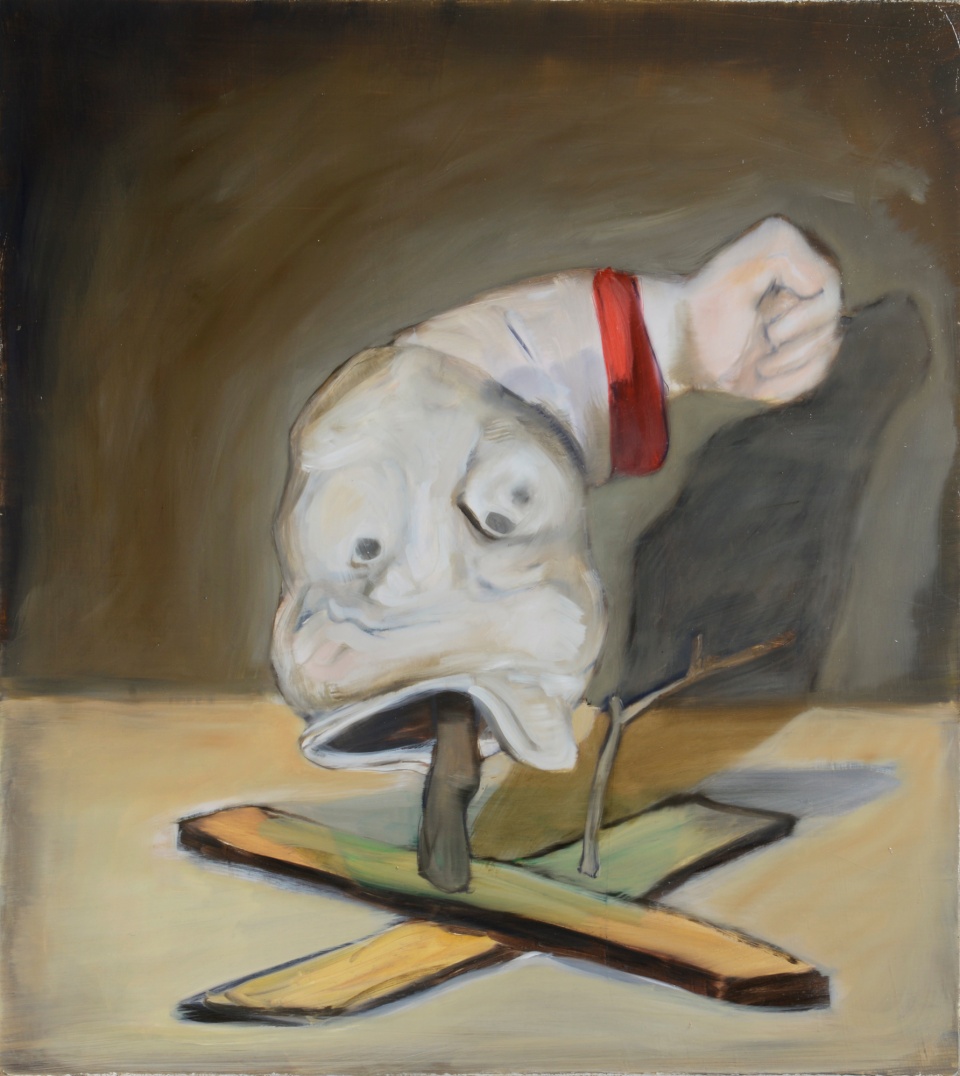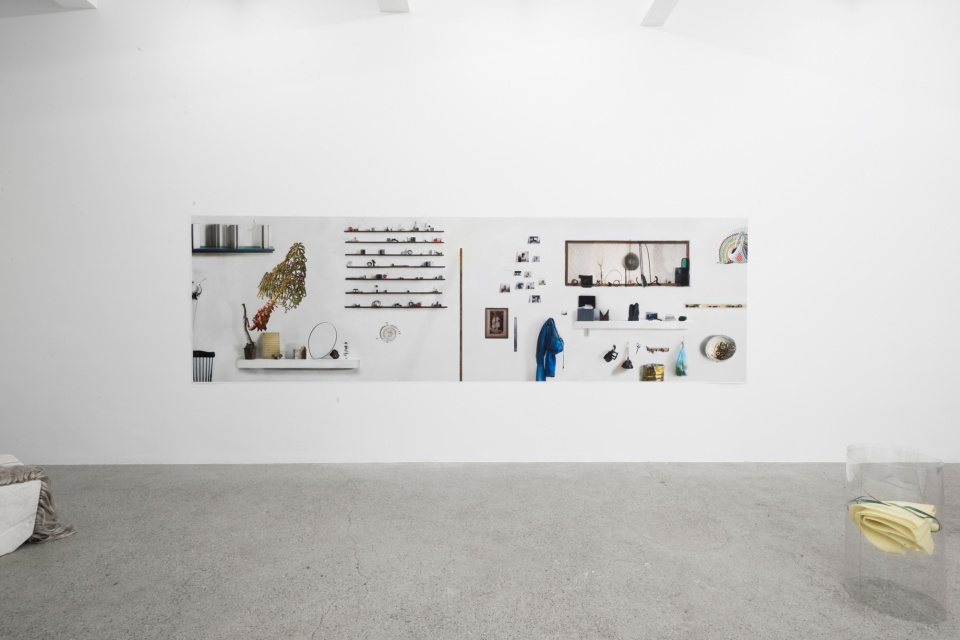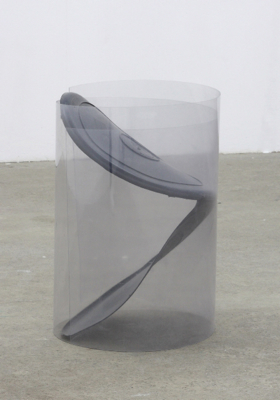MISPLACED, DISPLACED, REPLACED, 27 October 2012 – 12 January 2013
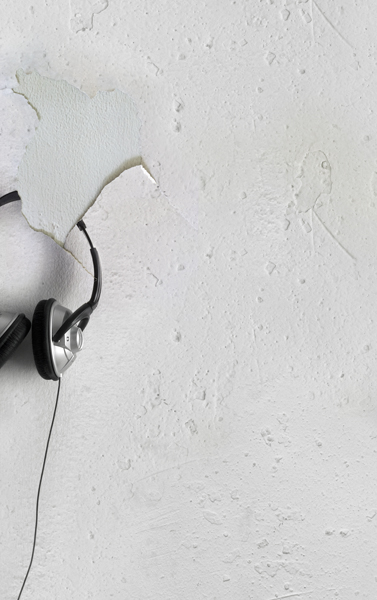
Ilit Azoulay, Tree For Too One (detail), 2010, archival pigment print on paper
MISPLACED, DISPLACED, REPLACED
Ilit Azoulay, Bettina Buck, Tatjana Gerhard, Jeroen Jacobs, Agnieszka Polska, Mathew Sawyer
OPENING: SATURDAY, OCTOBER 27, 11AM-5PM
The exhibition Misplaced, Displaced, Replaced presents six different artistic positions which all use found objects - shifting, displacing, reshaping and transforming them. It is possible, however, to discern two principle ways of working with these objects. The first foregrounds the things themselves. Whether removed from their past or still ingrained with its traces, the objects, unaltered but freed from everyday usage, are to be discovered as forms. In the second approach the found object serves as a means to an end, a starting point for creating something new, telling a new story or altering an existing one in order to shift and shape our perception.
The Israeli artist Ilit Azoulay (*1972) creates a space of research and testing, stripping found objects of their past, and erasing every last trace of history in a process of cleaning and clinical individual photographing. In this way all the objects end up with the same status and can be viewed democratically. In the work Tree For Too One (2010) Azoulay digitally reconstructs hundreds of photographs into a “white wall” on which her objects are shown. In ordering them she seeks to discern the visual relationships between the objects. She herself compares her work with a body whose organs are reproduced, highlighted, processed. Her ordering of objects denies the viewer a central point of focus. We are forced to abandon our urge to hierarchize and find a way of seeing that is uncoupled from the dictates of categorization. Many of the objects Azoulay uses are awkward-looking and their function seems unclear. They are free of human use, function, classification.
Dutch artitst Jeroen Jacobs (*1968) also utilizes the freedom of objects in his work. Unlike Azoulay, however, Jacobs places the material at the very centre of focus. His objects have not been divested of their past, they are reused in the state in which they were found. We see things leftover from transport and production, shown as readymades, but crammed into transparent tubing by cutting, bending or folding them. While Jacobs inserts his finds into transparent sleeves, the sculptures of Bettina Buck (*1974), made from recyclable industrial material that has been reused and recombined, explore the limits of form and question our ways of seeing. She likes to rupture the encounter between art work and viewer, filling it with humor and absurdity. We find wordplays, contradictions between object and title, and friction between forms and displaced objects.
Cheap “Rococo” porcelain figurines serve as the starting point for the works shown here by the English artist Mathew Sawyer (*1977). Using sometimes minimal, sometimes more drastic interventions to found figurines, he alters their original character, destroying the often saccharine harmony of the scenes portrayed. The cheerful face of a shepherd boy is engulfed by an unwieldy collar made of blobs of clay, a pretty girl being strangled by a thick clay sausage triggers claustrophobic unease in the viewer. Sawyer seems to want to remove, hide or offset whatever it is that defines these figures and precipitate a rupture between viewer and viewed.
Surreal forms also arise in the paintings of Swiss artist Tatjana Gerhard (*1974). As in almost all her work the artist breathes life into things as she paints them, causing them to melt and distort, often setting the whole pictorial space in motion. Glasses, bottles, cloths and shirt sleeves morph into fantasy forms and every now and then, one of Gerhard's unmistakable faces appears. Attics start to hover, even dance, becoming unstable platforms. Her highly intuitive, emotional approach grants the viewer a large degree of freedom. The images resist clear readings, each contains a secret, and animate our own (unconscious) desires and fantasies. The viewer appropriates the objects in Gerhard's paintings, so to speak, to spin their own personal story.
As in the work of Ilit Azoulay, the memory of the past, of aesthetic, cultural and historical values are important to the work of Polish artist Agnieszka Polska (*1985). The starting point for her videos and photographs are illustrations from newspapers, magazines, school books from the 1920s to 1960s, and found photographs. The work Plunderer’s Dream (2011) is based on stories by Polska's grandfather about searching for food and things of value in abandoned houses during the desperate war years. Plundering is a metaphor for the way she uses family memories and indeed her working method in general. Just as the plunderer searches out and collects his treasures, in her work Polska scavenges through art historical memory for material to rearrange and recontexualize.
Text Irja Böhm

